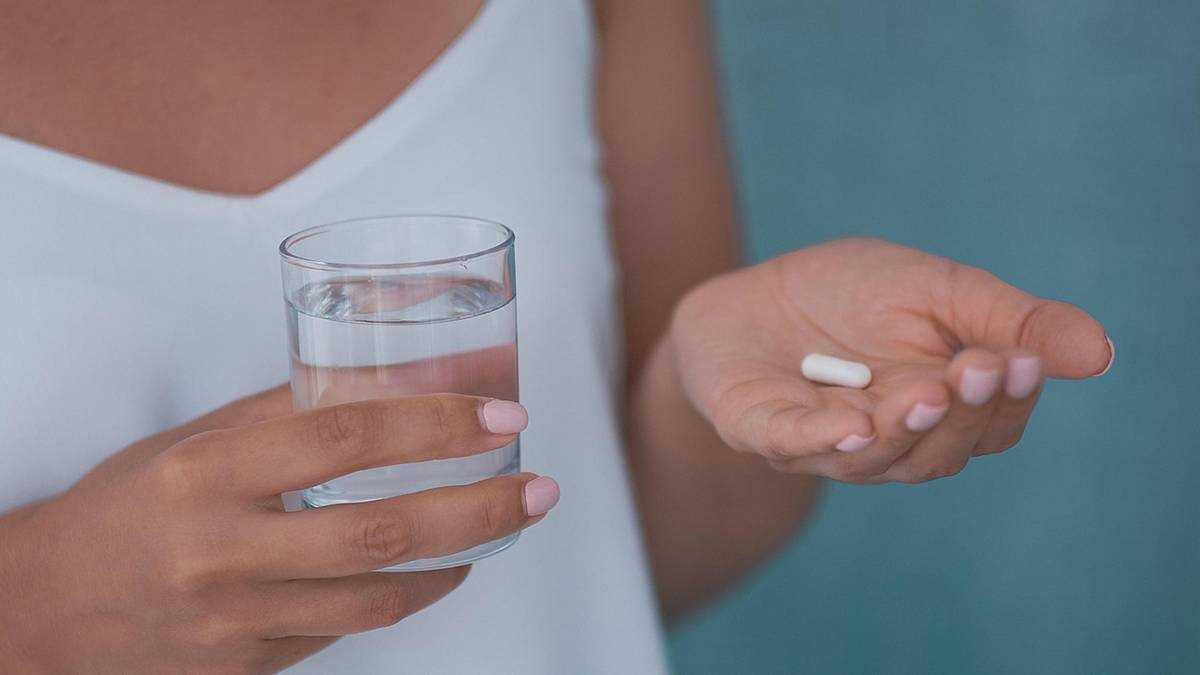First the good news: Antibiotics are currently being prescribed less and less, the numbers fell by 21 percent from 2010 to 2018. Nevertheless, according to estimates by health insurance companies in Germany, every third prescription is still superfluous. Because the agents only work against bacteria. "But most simple infections are viral," says Professor Gerd Fätkenheuer, head of infectiology at the University Clinic in Cologne and member of the board of the German Society for Infectiology. But: "There are also diseases where antibiotics are important and essential." These include scarlet fever, meningitis, kidney pelvic infections or pneumonia or purulent skin inflammation.
Sensible use of antibiotics
On the other hand, taking antibiotics without being necessary not only promotes the development of resistance, but also exposes you to risks. Increased sensitivity to light, indigestion or allergic reactions such as skin rashes occur particularly often. Shortness of breath, water retention in the tissues and drop in blood pressure are also possible.
The long-term consequences are often more serious than acute side effects. Because antibiotics do not differentiate between harmful and helpful bacteria. Our gut and its sensitive ecosystem of useful bacteria take weeks to months to regenerate after antibiotic therapy. This is particularly dramatic in children, according to Professor Johannes Hübner, chairman of the German Society for Pediatric Infectiology: "There is currently a discussion about whether chronic diseases such as asthma, allergies, but also the tendency towards obesity in connection with antibiotic administration in early childhood stand."
In the meantime, there is also a quick test that helps to assess whether viruses or bacteria are at work. The inflammation parameter CRP is determined from a drop of blood, which is only formed in bacterial infections. "Of course, the value is just one piece of the puzzle," says infectiologist Fätkenheuer. "If the test is negative, it is a clear indication that antibiotics are pointless." Unfortunately, not all health insurance companies cover the costs (approx. 20 euros).
Another measure to curb consumption is the "late prescription": "The doctor gives the patient a prescription for a suitable antibiotic – but with the stipulation that it can only be redeemed if the symptoms worsen," says Gerd Fätkenheuer. This also makes it clear that we can all contribute to the sensible use of antibiotics. So it is high time for an update when the funds are really needed:
Cough, runny nose, hoarseness are not the case for antibiotics. With bed rest, herbal medicines, plus nasal irrigation, gargle solutions and throat wraps, the infection is usually over quickly.
Antibiotics have to be, though A bacterial superinfection occurs, i.e. if bacteria cause inflammation in addition to the viral infection. Symptoms worsening and high fever are typical. By the way: the color of the secretion is not a reliable indicator of bacteria. So don't panic with greenish nasal mucus or coughing. If it is bloody, you should go to the doctor immediately!
Cystitis
are not basically a case for antibiotics. If those affected are otherwise healthy and the infection is really limited to the bladder, it usually heals on its own. This has been proven by studies: two thirds of the women were given an anti-inflammatory pain reliever, only one third needed an antibiotic. At the first signs of a bladder infection you should drink a lot, preferably medicinal teas such as bearberry leaf tea to flush out the pathogens.
Antibiotics are necessary, though the symptoms persist or worsen unchanged for several days, with blood in the urine, with cramping pain or high fever.
Tonsillitis
can also be treated without antibiotics. For mild symptoms without a high fever, neck wrap, sage gargle solutions, drinking hot lemon can alleviate the symptoms.
Antibiotics have to be, though the inflammation is caused by streptococci and becomes purulent. This can be clarified with a smear.
After a tick bite
You don't have to take antibiotics prophylactically immediately because of panic before Lyme disease. Only 1.5 to 6 percent of all people who are bitten by a tick become infected, 0.3 to 1.4 percent of them develop symptoms of Lyme disease. First you should watch the skin. If there is a local, ring-shaped reddening around the injection site within three to 30 days, this is a sign of a possible infection. Body aches, feeling sick, swelling of the lymph nodes, fever, headache and nausea are also warning signs. Then you should see a doctor immediately.
Antibiotics are necessary, though the doctor suspects or demonstrates Lyme disease through skin or blood count.
Otitis media
are mostly triggered by viruses in the case of one-sided complaints. With warmth, wrapping and rest, the infection is often quickly overcome.
Antibiotics must be included bacterial otitis media. It is usually purulent and bilateral.
Take antibiotics: if they do, then do it right
to ask
If your doctor prescribes an antibiotic for you, ask about the reason, possible side effects, how to take it and whether it affects other medications.
Keep going
Don't just take antibiotics at your own pace because you feel better. In addition, never hoard remnants in the medicine cabinet to take them with the next infection.
Follow up
Balancing the intestinal flora faster, natural yogurt, fermented foods (sauerkraut, kefir or thick milk) and fiber such as inulin and oligofructose (in bananas, parsnips or Jerusalem artichokes).
Would you like to read more about the topic and exchange ideas with other women? Then check out the "Health Forum" BRIGITTE community past!
Get the BRIGITTE as a subscription – with many advantages. Here you can order them directly.
